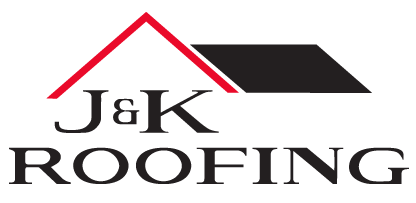Ancient China

The Hall of Supreme Harmony showcasing a double-eaved hip roof. Photo courtesy of Britannica.com
Traditional Roofing Styles of the Ancient World: China and Persia
The most common type of roof in Ancient China was the gable with variations on traditional construction, such as an overhanging gable, double-eaved gable, or gable combined with a single-sloped roof.
Today, however, we tend to recognize the elegantly-curved hip or hip-and-gable roof as the hallmark of Ancient Chinese roofing architecture. Both styles incorporated unique features that added to both their beauty and stability.
Wooden Joints
Ancient Chinese roofs were built using a complex system of interlocking wooden columns and crossbeams, making them sturdy and beautiful. Vertical wooden pillars supported the roof since Ancient Chinese homes were built without load-bearing walls. The pillars were connected to the roof by dougong, a unique bracketing system that translates to “cap and block.”
Upturned Eaves
The hallmark of Chinese architecture is perhaps the upturned roof, which dates back to the Han Dynasty (206 AD-220 AD). The curved eaves were the standard in design until the 13th century and followed strict institutional requirements.
The double-eaved hip roof, for example, was reserved for royal palaces and temples. It is also known as the four crests roof since it features four slopes and five ridges. The Hall of Supreme Harmony in the Forbidden City is a superb example.
Ridge Animals
The ridges of traditional Chinese buildings often feature symbolic beasts. Dragons, seahorses, lions, and birds can be seen perched on the rooftops. In addition to serving a spiritual and aesthetic purpose, the animals also served a practical purpose.
They were often placed at the intersection of the roof slopes in the front and back; once sealed in, they helped prevent water from leaking into the home.
Ancient Persia

The Shah Mosque in Isfahan, Iran showing domed architecture and muqarnas in the archway. Photo courtesy of piniran.com
The Persian Empire was established in 6 BCE in modern-day Iran. The arid climate provided little in the way of materials that could be used for thatching, so the Persians turned to clay and mud to construct their roofs.
Domes
A unique feature of Ancient Persian architecture is the use of a domed rooftop. This style arose in approximately 2 BCE and continued to be popular well after the ancient period and following the arrival of Islam. The Persians build their domes using fired bricks of lime and gypsum. The domes were supported using an innovative system of squinches, which transferred the weight of the circular dome to the corners of its square base.
Domes eventually became symbolic of Islamic architecture, with mosques and mausoleums incorporating particularly elaborate versions.
Muqarnas
As dome technology progressed, architects began to incorporate more elaborate features into the structure. One of these is called the muqarnas, which developed from the use of squinches. It is sometimes referred to as “honeycomb vaulting” or “stalactite vaulting,” due to its highly geometric appearance.
The muqarnas were created largely as an aesthetic component to blend in the transition between supporting structures, which would otherwise be bare. In Islam, they also act as a symbolic representation of the universe created by Allah.
The Cultural Importance of Rooftops
Rooftop can offer much more than shelter from the elements. Throughout the world, the strategies, materials, and designs for roof-building offer great insight into a region’s history. From the pragmatic use of local resources to the symbolism attributed to the design, roofing architecture offers a unique glimpse into the builders’ culture.
Even in Colorado, our rooftops are unique to us! We have specific weather needs and style tastes that set us apart. J&K Roofing is certified in every material we use; call us today to see how we can help you build a sturdy and beautiful rooftops.
